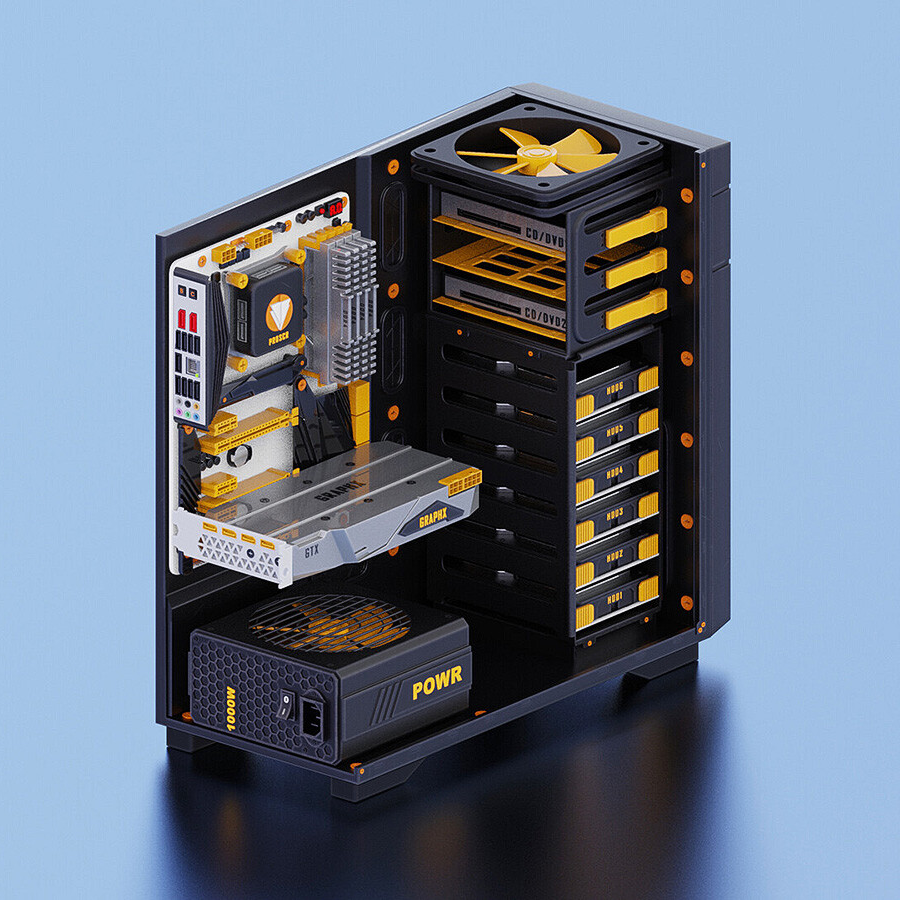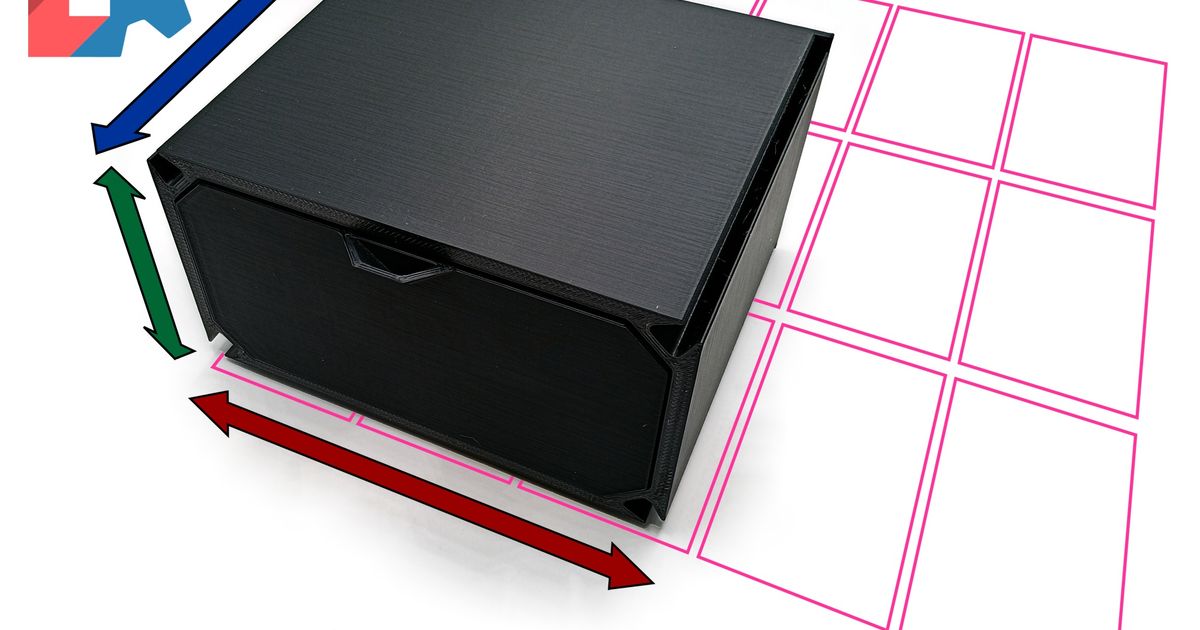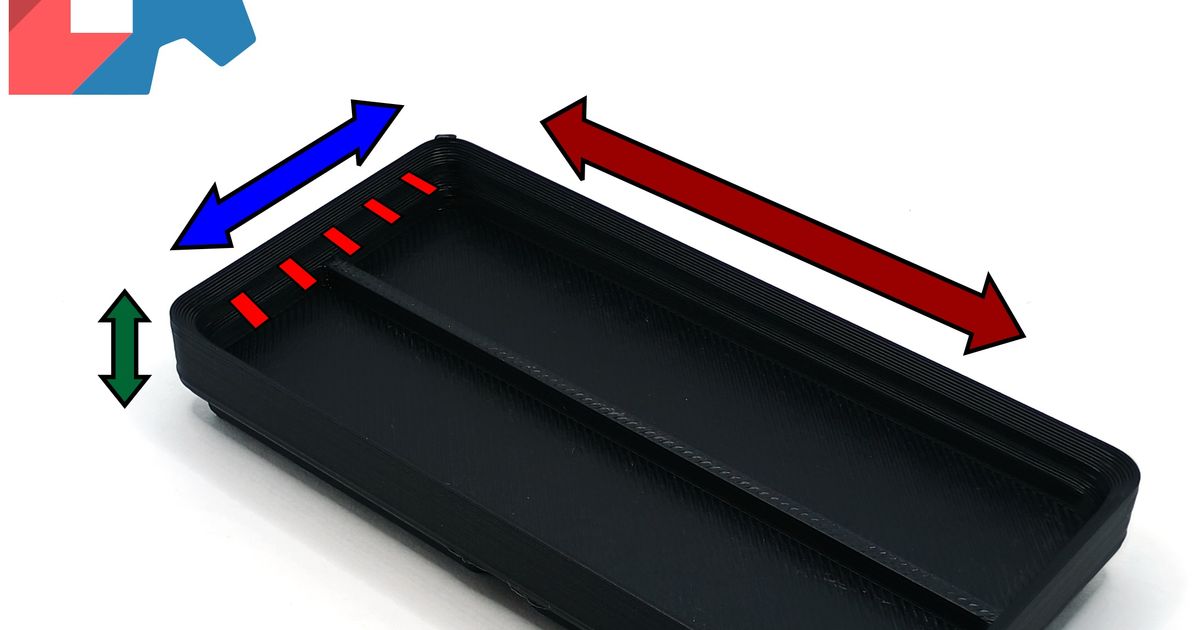

The point being, they abandoned updating it last year after roughly only a year and a half since its release.
People who still own one now have had it for two years and possibly some change. That doesn’t have anything to do with how quickly Garmin dropped it.












First time with weird mouthfruit?